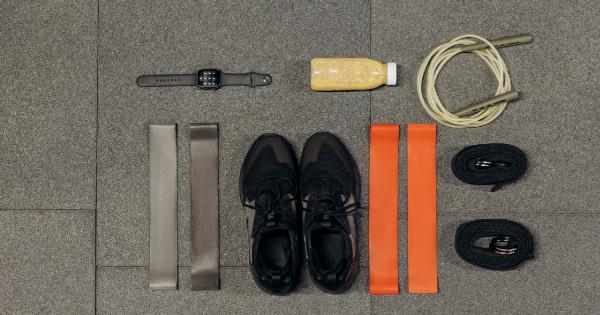Running is a great way to improve your fitness and health, no matter what your age is, but starting to run at an older age can present some unique challenges. As we age, our muscles and joints become more prone to injury and take longer to recover.
Furthermore, our bodies may not be as responsive to exercise as they once were, making it more difficult to see progress.
However, starting running after 40 is still an achievable goal, as long as you approach it with the right mindset and a bit of preparation. Here are 7 tips to help you get started:.
1. Consult with Your Doctor
Before embarking on any new exercise program, it’s essential to speak to your doctor. This is especially true if you have any pre-existing health conditions or are on any medications that may impact your ability to exercise safely.
Your doctor can give you guidance on what types of exercise are safe for you and what precautions you should take.
2. Start Slowly and Gradually
It’s natural to be excited about starting running, but you need to be cautious not to overdo it at first.
If you haven’t been active in a while, or if you’re a complete beginner to running, it’s crucial to start slowly and gradually increase your intensity and volume over time. This approach helps you avoid injuries and burnout, setting you up for long-term success.
3. Invest in the Right Gear
A good pair of running shoes and comfortable clothes can go a long way in making your running experience more enjoyable. Your shoes should offer adequate support and cushioning, while your clothes should be moisture-wicking and breathable.
4. Incorporate Strength Training
Strength training is an essential part of any running program, especially for older adults. Adding strength training to your regimen improves your muscular endurance, reduces your risk of injury, and boosts your metabolism.
Focus on exercises that target the muscles you use while running, such as your glutes, core, and legs.
5. Practice Proper Running Form
Running with correct form can help you run more efficiently and with less risk of injury. Focus on keeping your chest up, shoulders relaxed, and your arms swinging naturally by your sides.
Aim for light, quick steps that land below your hips and roll smoothly from heel to toe.
6. Take Rest Days
Rest is an essential part of any exercise program, especially for older adults. Take at least one day off each week to allow your body to recover properly.
Additionally, listen to your body and take additional rest days if you feel overly fatigued, sore, or injured.
7. Stay Motivated and Enjoy the Process
Finally, the key to long-term success in running is to stay motivated and enjoy yourself! Set realistic goals, track your progress, and reward yourself for accomplishments along the way.
Surround yourself with supportive friends or family members, and don’t be afraid to mix up your routine with new routes or music.
Conclusion
Starting running after 40 can seem daunting, but with the right mindset and preparation, it’s possible to achieve your fitness goals.
Remember to consult with your doctor, start slowly, invest in the right gear, incorporate strength training, practice proper form, take rest days, and stay motivated. By using these tips, you’ll be well on your way to a healthier, more active lifestyle.




























